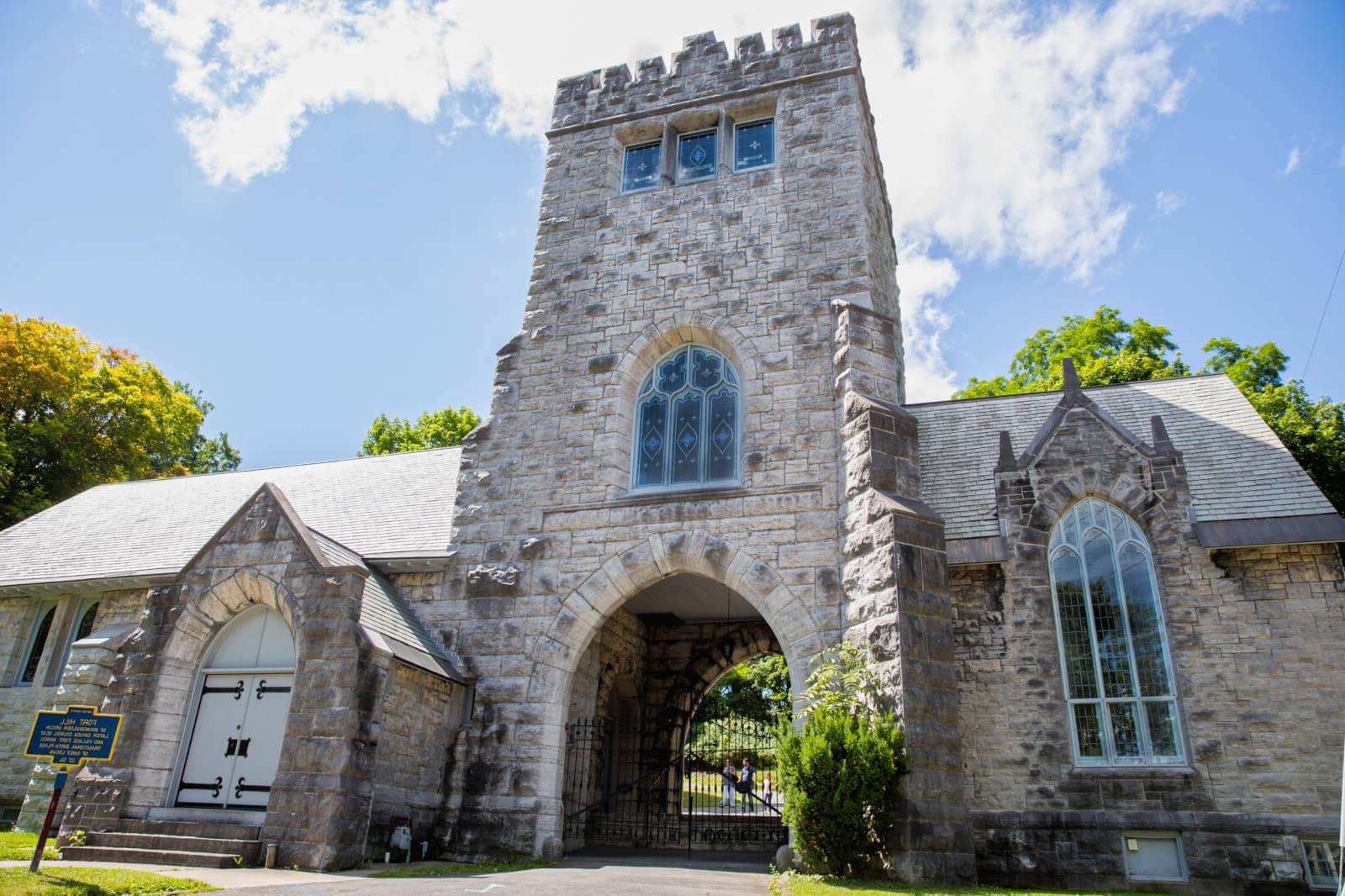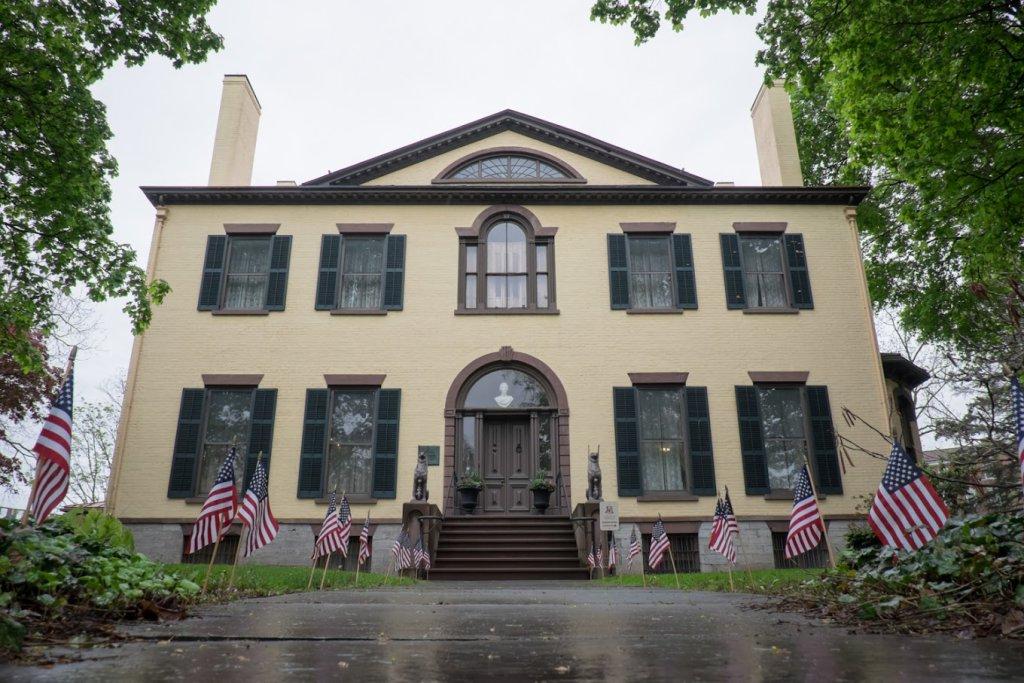
Underground Railroad Heroes: September’s Observance Aims to Educate and Inspire
Noah Howard Public Relations and Communications Manager
In the month of September, both Frederick Douglass and Harriet Tubman achieved their ultimate escapes from the bonds of slavery, with Tubman seizing her freedom in September 1849 and Douglass accomplishing his liberation in September 1838, marking their courageous journeys toward liberty. Following their remarkable escapes, both Tubman and Douglass found refuge and built their lives in upstate New York, with Tubman establishing herself here in Auburn and Douglass settling in Rochester, where they both continued their fervent advocacy for abolition and civil rights.


Cayuga County occupied a central role in the Underground Railroad, emerging as a crucial nexus in the struggle against slavery. The county’s extensive network of safe houses and the unwavering support of its residents provided indispensable aid to individuals escaping from enslavement, thereby establishing the region as a vital conduit in the pursuit of freedom. The abolitionists working as ‘conductors’ on the railroad undertook a profoundly courageous and pivotal endeavor in their quest to liberate enslaved individuals. These dedicated activists, operating both covertly and overtly, orchestrated a sophisticated network of safe houses, clandestine routes, and unwavering support systems to facilitate the escape of those bound by the chains of slavery. Often at great risk to themselves, their families, and their livelihood. Their relentless efforts not only provided vital assistance and sanctuary to freedom seekers but also served as a profound testament to their commitment to justice and human dignity. Through their tireless work, abolitionists played an instrumental role in undermining the institution of slavery, contributing significantly to the broader movement for emancipation and civil rights. This enduring legacy highlights the region’s profound and significant contribution to the overarching quest for freedom and justice within American history.
This route, while a beacon of hope and freedom for many enslaved individuals, was fraught with significant risks and perils for those involved. Operatives and conductors risked severe legal repercussions, including arrest and imprisonment, under stringent fugitive slave laws that imposed harsh penalties for aiding escapees. The clandestine nature of the Railroad required its participants to navigate a dangerous landscape of potential betrayal, where the slightest misstep could lead to capture and re-enslavement. The journey across the land was fraught with peril, as escapees were also confronted with harsh environmental conditions in a much younger and less developed nation, commonly traversing extensive areas of wilderness between ‘stations’ in an effort to avoid bounty hunters and slavecatchers who often patrolled the roads along routes where they believed these safe houses to exist. The majority of this travel, which of course required meticulous secrecy, also occurred under the veil of darkness, presenting an additional layer of danger.
Over 100 Underground Railroad Sites in Cayuga County



Research conducted by Judith Wellman, a New York State historian and expert on the Underground Railroad, has identified one hundred significant sites in Cayuga County, with sixty of these located within the City of Auburn. Additionally, the National Park Service’s “Network to Freedom” program recognizes, and honors locations associated with the Underground Railroad, encompassing over 600 sites nationwide. Among these, twelve are situated in Cayuga County. Notable entries include the Harriet Tubman House in Auburn, where Tubman lived and worked as a landowner, farmer, and philanthropist, and the Harriet Tubman Burial Site at Fort Hill Cemetery in Auburn, where she was interred in 1913 after a remarkable 93-year life, more than 50 of which she spent in Cayuga County.
As of today, Cayuga County boasts several significant sites that commemorate the Underground Railroad and its key figures. The Howland Stone Store Museum in Sherwood, built in 1837, reflects the legacy of Slocum and Emily Howland, dedicated Quaker abolitionists who utilized their commercial connections to aid freedom seekers. The Harriet Tubman Home, situated on 26 acres, preserves Tubman’s personal history and offers guided tours of the property. And the Seward House Museum, once the home of William Henry Seward and his wife Frances, is a National Historic Landmark where the Sewards’ basement served as an Underground Railroad stop and features insights into their correspondence about their freedom-seeking visitors.
This year we commemorate the 6th Annual Observance of Underground Railroad Month
This September as we commemorate the 6th annual observance, through educational programs, commemorative events, and public discourse, Underground Railroad Month seeks to deepen our understanding of this crucial chapter in American history and to celebrate the spirit of resilience and advocacy that characterized the movement. It is a time to reaffirm our commitment to the values of liberty and equality, and to acknowledge the significant historical impact of those who risked everything in the pursuit of a more just society.